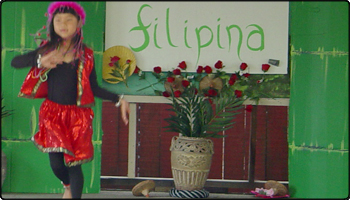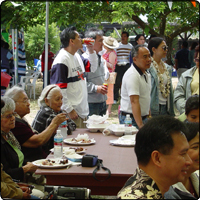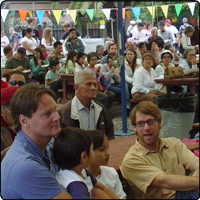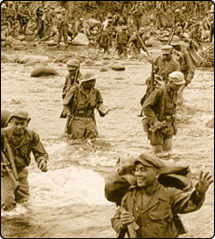
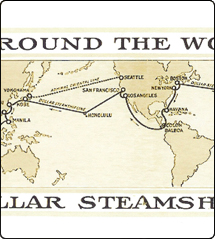
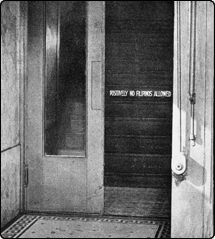
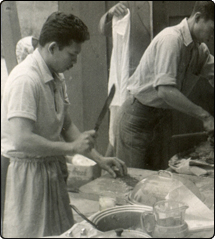
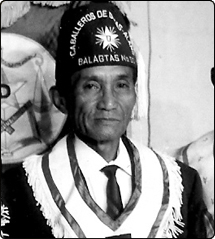
History
Sonoma County's First Filipino Immigrants
From the Philippine Islands, to mainland America, they came.
Thousands of young Filipino men, most in their teens, made their way to this country during the first half of the 20th century.
As nationals of a U.S. colony, they were encouraged by American mentors to come to America. Here, they were told, democracy reigned and opportunities were plentiful.
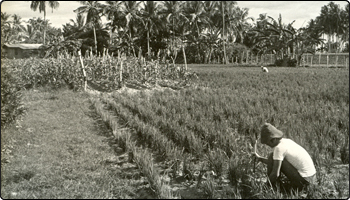
It wasn't a hard sell. Most were from poor, farming barrios in the Philippine countryside. To help support families, many had quit school in order to work. Opportunities were few.
Some came by way of Hawaii, where they worked as contract laborers in the stifling fields of pineapple and sugar plantations. Others sailed directly to the mainland.
In youthful pursuit of their dreams, all arrived with high hopes. Little did they know of the harsh realities awaiting them.

Once here, Filipinos served as a fresh labor force to replace other ethnic groups whose immigration was restricted by federal law. But America's welcome was clearly conditional, leading only to the lowest paying jobs where cheap labor was needed. The path to economic growth, cultural assimilation and other opportunities was rigorously blocked. Even college-educated professionals found most doors closed to them in America.
Among Whites, anti-Filipino sentiment was prevalent, particularly before WWII. In the 1930's, the immigrants became scapegoats for economic hardship caused by the depression. Filipino workers were threatened, fired from their jobs, and banned from future employment by local employers.

Due to strict immigration laws, there were few Filipina women in the U.S. During the 1930s, only one lived in Sonoma County.
In 1933 California legislators made it illegal for Filipinos to marry Whites. A few defied the law by crossing state lines to marry Caucasian sweethearts, while others wed local women of Mexican or Native American heritage. But many remained single, without the family life so important in Filipino culture.
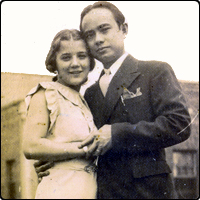
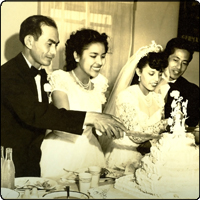
About 100 of the early pioneers ultimately settled in Sonoma County. Attracted in part by year-round work and mild weather, they made this area their home. The county's fertile land and prolific agribusiness supported a wide variety of work for Filipino laborers.
To make ends meet, most of the men worked several jobs at once, taking whatever work they could find as farm laborers, domestic servants, or restaurant help.
For some, the sacrifices paid off, enabling them to purchase their own property, and with the help of their compadres, build their own homes.

Despite the hardships faced in their new country, the pioneers pulled together to build a strong community in their adopted land.
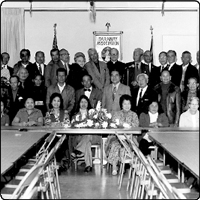
Together, they adapted their culture and traditions to their new environment. To help those in need, they formed fraternal organizations such as the Saranay Association, Legionarios del Trabajo, and Caballeros de Dimas Alang. Within the community, and through these fraternal orders, they looked out for one another, and took care of each other.
The early immigrants not only survived, but created a diverse and lasting community. Nearly one hundred years after their arrival, the legacy of the pioneers lives on. Each year, it is honored and celebrated by their descendents, and those who would follow them across the Pacific.
